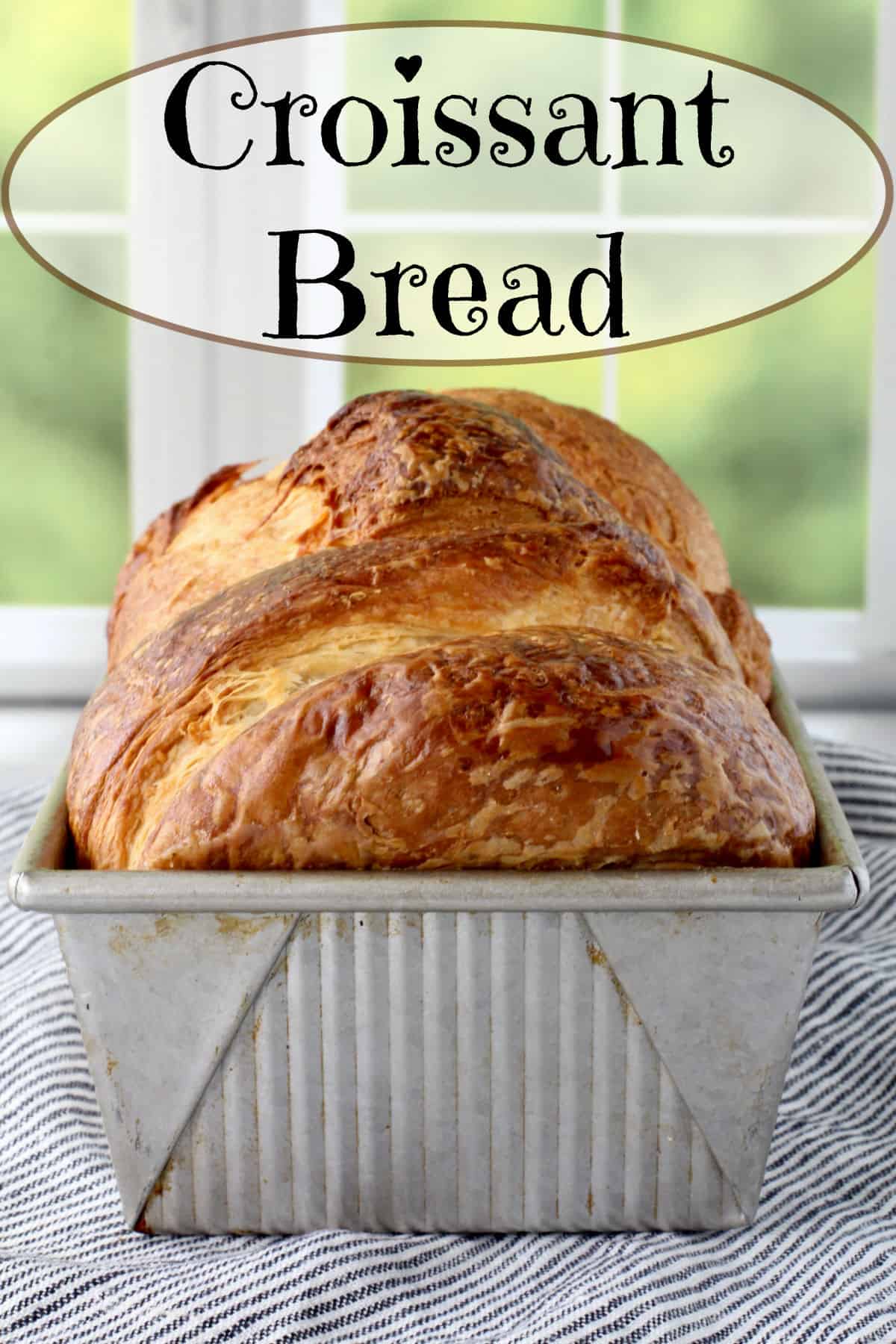Isn't this bread pretty? It's a white bread with a lovely thin crisp crust. The starter contains both malt syrup and milk. The interior, while not super airy, is somewhat soft and has both large and small holes. It's great for sandwiches and morning toast.
Check out the other side.
Hi there. The recipe did not mention that I should have slashed the bread. Or maybe not. When researching the bread, I came across this post in Serious Eats than used the same formula, and the loaves do not appear to be slashed in the photo. It also looks like those loaves may have a bit of "bursting action" going on too.
As the name implies, the bread formula is from the Como region of Italy, and is sometimes referred to as Italian French bread. This recipe is adapted from The Italian Baker, Revised: The Classic Tastes of the Italian Countryside
The dough requires a starter that is made the night before and left to bubble up.
Pane di Como
Ingredients
Starter
1 tsp active dry yeast
1 scant tsp barley malt syrup
1/3 C warm water
2/3 C room temperature milk
135 grams unbleached all purpose flour
Dough
2 C room temperature water
860 grams unbleached all purpose flour
1 T salt
cornmeal for the baking stone
Instructions
To make the starter:
- In a large bowl, mix the water, yeast, and malt syrup and let it sit for about 5 minutes.
- Add the milk and flour and stir with a spatula or dough whisk until combined.
- Cover the bowl with plastic wrap and let it sit until it is very bubbly, at least four hours, but overnight is better. It will get very large.
To make the dough:
- In the bowl of a stand mixer, mix the starter and water with a dough whisk or the paddle attachment.
- Add the flour and salt, mix first by hand until all ingredients are blended, and then switch to the dough hook and mix on medium for about 4 minutes. The dough should be slightly sticky and elastic.
- Remove the dough from the mixing bowl onto a lightly floured surface and knead by hand for about a minute.
- Move the dough to an oiled dough rising bucket or large bowl, and cover with plastic wrap.
- Allow the dough to rise until doubled in size, about 90 minutes.
- Divide the dough in half and shape into boules (round loaves) and place them, seam side up, into oiled and floured bannetons or brotforms. If you don't have a banneton, you can line a bowl with a well-floured tea towel and place the dough in there. Cover with plastic wrap.
- Allow the dough to rise until doubled, about an hour.
- Prepare the oven with a baking stone and preheat it to 400 degrees F.
- When the loaves are ready, sprinkle the stone with corn meal and turn the loaves out onto the stone.
- Spray the oven with water to create steam, and close the door. About 30 seconds later, spray the oven again and shut the door.
- Bake the loaves until golden brown and the interior reaches about 200 to 210 degrees F. The bottom, of the loaves, when tapped, should sound hollow. The book says about an hour, but mine took about 50 minutes.
- Allow the loaves to cool completely on a wire rack.
- Slice and enjoy!
Sharing with Yeastspotting
Sharing with #bakeyourownbread



Gorgeous loaves....and the splits just give them character. The crumb looks marvelous, too!
ReplyDeleteThanks Liz =) Character. That's good!
Deletethere should be a Ph.D for baking. and you should have it.
ReplyDeleteI'll go for an honorary bachelor of arts. I know a few people who grind their own wheat, and even someone who grows his own (multiple varieties!). I'm not there yet =)
DeleteThose are some lovely loaves, Karen!
ReplyDeleteThanks Heather =)
DeleteThank you for the recipe. I recently had Como Bread in Hawaii and it was very soft on the inside. Is this recipe similar in texture?
ReplyDeleteHi Mark. Yes, it's pretty soft on the inside because of the milk.
DeleteLove love love this recipe!
ReplyDelete